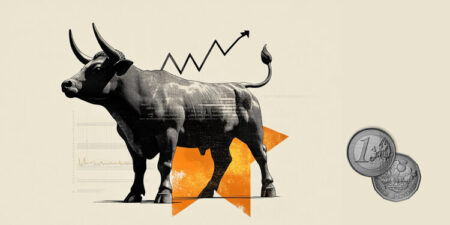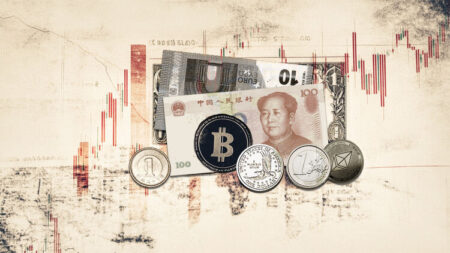The AUD/JPY cross builds on its weekly bullish gap opening and rallies to the 99.30 area, or its highest level since November 2024, during the Asian session. The strong intraday move up is exclusively sponsored by the heavily offered tone surrounding the Japanese Yen (JPY), which backs the case for a further near-term appreciating move.
Sanae Takaichi was elected as the leader of the Liberal Democratic Party (LDP) in a run-off election on Saturday and is expected to be confirmed as Japan’s first female Prime Minister during a parliamentary session in mid-October. Takaichi is viewed as a fiscal dove and could announce more expansionary policies to support the economy. This, in turn, raised chances that the Bank of Japan (BoJ) will avoid raising interest rates this month, which, in turn, is prompts aggressive selling around the JPY and provides a strong boost to the AUD/JPY cross.
Meanwhile, hopes for more stimulus lifts Japan’s Nikkei 225 to a fresh record high and further contribute to the safe-haven JPY’s relative underperformance against the perceived riskier Aussie. Apart from this, the Reserve Bank of Australia’s (RBA) hawkish outlook turns out to be another factor underpinning the Australian Dollar (AUD), which, in turn, validates the near-term positive outlook for the AUD/JPY cross. The RBA decided to leave the Official Cash Rate (OCR) unchanged at 3.6% at the end of the September monetary policy meeting last week.
In the accompanying policy statement, the central bank noted that the decline in underlying inflation has slowed and that inflation in the September quarter may be higher than expected at the time of the August meeting. This, in turn, reduces the odds of additional interest rate cuts by the RBA and favors the AUD bulls. Moreover, a breakout through the 99.00 mark suggests that the path of least resistance for the AUD/JPY cross is to the upside.
Japanese Yen Price Today
The table below shows the percentage change of Japanese Yen (JPY) against listed major currencies today. Japanese Yen was the strongest against the Euro.
| USD | EUR | GBP | JPY | CAD | AUD | NZD | CHF | |
|---|---|---|---|---|---|---|---|---|
| USD | 0.05% | 0.04% | 0.59% | -0.02% | -0.24% | -0.18% | -0.02% | |
| EUR | -0.05% | -0.11% | 0.46% | -0.10% | -0.32% | -0.26% | -0.10% | |
| GBP | -0.04% | 0.11% | 0.67% | 0.02% | -0.21% | -0.15% | 0.01% | |
| JPY | -0.59% | -0.46% | -0.67% | -0.55% | -0.87% | -0.83% | -0.65% | |
| CAD | 0.02% | 0.10% | -0.02% | 0.55% | -0.18% | -0.16% | 0.00% | |
| AUD | 0.24% | 0.32% | 0.21% | 0.87% | 0.18% | 0.06% | 0.22% | |
| NZD | 0.18% | 0.26% | 0.15% | 0.83% | 0.16% | -0.06% | 0.15% | |
| CHF | 0.02% | 0.10% | -0.01% | 0.65% | -0.00% | -0.22% | -0.15% |
The heat map shows percentage changes of major currencies against each other. The base currency is picked from the left column, while the quote currency is picked from the top row. For example, if you pick the Japanese Yen from the left column and move along the horizontal line to the US Dollar, the percentage change displayed in the box will represent JPY (base)/USD (quote).
Read the full article here
















